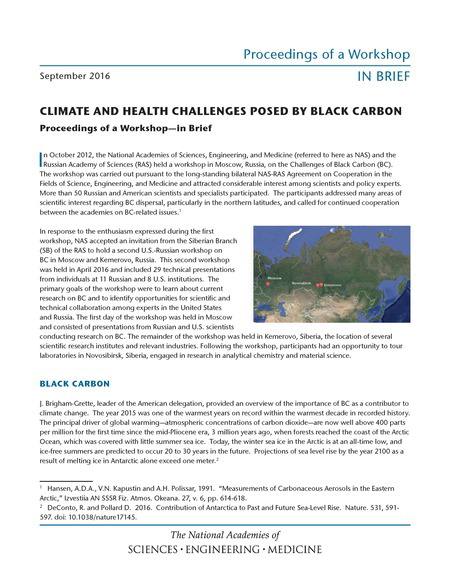

WASHINGTON - A new report from the National Academies of Sciences, Engineering, and Medicine looks at how chemistry is communicated to the public outside of the classroom, and includes a guide to assist chemists with their communication and outreach efforts. Surprisingly, this change was most likely for individuals least trusting of scientific studies or university scientists. New Report on Communicating Chemistry to Be Discussed at the American Chemical Society National Meeting. We find that the report's release corresponded with reduced negativity in Twitter discourse and increased ambivalence in public risk and benefit perceptions of GMOs, mirroring the NASEM report's conclusions. 1 The largest-circulation news outlets and their online venues translated the report's findings into headlines such as Genetically Engineered Crops. This analysis combines national pre- and post-report survey data with a large-scale content analysis of Twitter discussion to examine the report's effect on public perceptions of genetically modified organisms (GMOs). In May 2016, the nation's most widely read news sources reported the findings of the National Academies of Sciences, Engineering, and Medicine's (NASEM) newly released consensus report, Genetically Engineered Crops: Experiences and Prospects. Their impact, however, is not well understood. NASEM reports aim to give the public and policymakers information on socially relevant science issues. In May 2016, the National Academies of Sciences, Engineering, and Medicine (NASEM) released the report “Genetically Engineered Crops: Experiences and Prospects,” summarizing scientific consensus on genetically engineered crops and their implications.


 0 kommentar(er)
0 kommentar(er)
